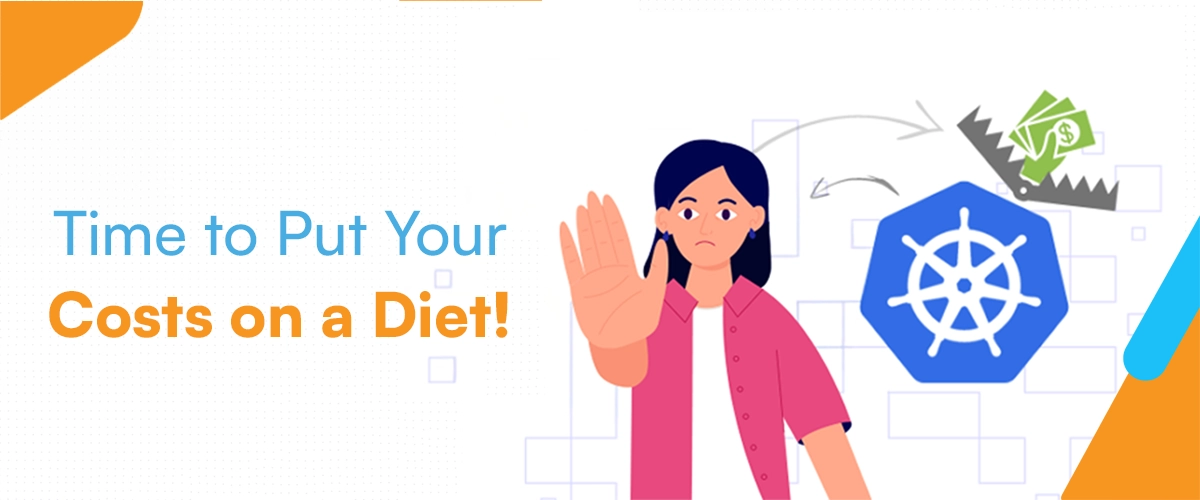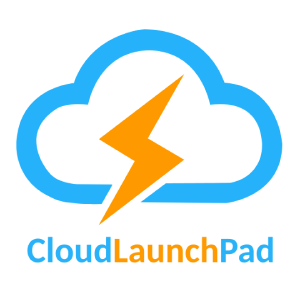
Introduction: The Cost Challenges of Running Kubernetes
Running Kubernetes workloads offers scalability and flexibility, but it also introduces hidden
costs if not proactively managed. With AWS Elastic Kubernetes Service (EKS), you’re paying
for the infrastructure—EC2 nodes, EBS volumes, Load Balancers, and more.
Without active cost monitoring, teams may:
● Overprovision nodes “just in case”
● Underutilize expensive On-Demand nodes
● Misconfigure resource requests and limits
● Forget unused workloads consuming resources
In this blog, we explore practical ways to cut costs in AWS EKS while maintaining
performance and reliability.
Right-Sizing Nodes: Spot Instances vs. On-Demand
One of the biggest cost drivers in EKS is worker nodes. Choosing the right mix of instances is
key.
- Use Spot Instances for Non-Critical Workloads
Spot Instances offer up to 90% savings and are great for:
● CI/CD jobs
● Batch processing
● Development and staging environments - Create mixed-instance node groups to balance Spot and On-Demand nodes:
3. Keep Critical Workloads on On-Demand or Reserved Instances
For production workloads requiring high uptime, combine On-Demand or Reserved Instances
with Spot to achieve a balance of cost and availability.
Autoscaling Strategies to Minimize Waste
Scaling your cluster dynamically prevents paying for idle capacity
- Cluster Autoscaler scales nodes based on pending pods
2. Horizontal Pod Autoscaler HPA adjusts pod replicas based on CPU or memory utilization
Optimizing Resource Requests and Limits
Incorrect requests and limits can:
● Inflate node counts
● Starve pods or throttle performance
Use kubectl top pod and kubectl top node to gather utilization data.
modify each deployment’s resources:
Add namespace-level quotas to avoid team-level resource hoarding.
Use Vertical Pod Autoscaler for unpredictable workloads.
Leveraging CloudLaunchpad for Cost Efficiency
CloudLaunchPad provides out-of-the-box cost optimization for AWS EKS, including:
● Preconfigured autoscaling node groups (Spot + On-Demand balance)
● Continuous monitoring of pod utilization for optimization suggestions
● Automatic cleanup of unused namespaces, workloads, and persistent volumes
● Cost visibility dashboards powered by Kubecost and AWS Cost APIs
● Alerts for budget thresholds and anomalous spending
By integrating Kubecost and AWS Cost Explorer APIs, Cloud Launchpad offers:
● Detailed per-namespace, per-team, and per-application cost reports
● Real-time cost attribution tied to Kubernetes resources
● Insights into unused or overprovisioned workloads draining your budget
This visibility empowers engineering and finance teams to collaborate on cost
control—without sacrificing delivery speed or performance.
Conclusion
● Balance Spot and On-Demand instances to reduce compute spend.
● Use autoscalers (Cluster Autoscaler, Karpenter, HPA) to prevent idle resource
costs.
● Continuously tune requests, limits, and clean up unused workloads.
● Leverage Cloud Launchpad with Kubecost and AWS Cost APIs for cost
transparency, reporting, and automated optimizations.
With the right tools and practices, DevOps teams can achieve cost-efficient Kubernetes
operations on AWS EKS—while maintaining the performance and scalability your
business demands.


